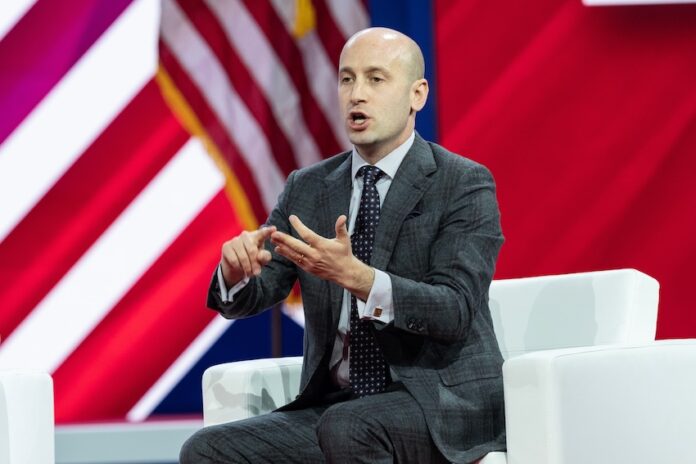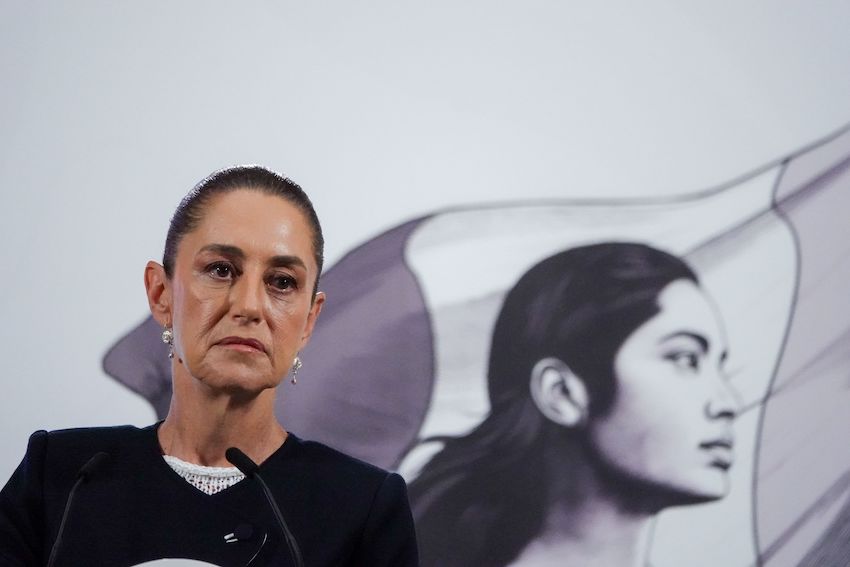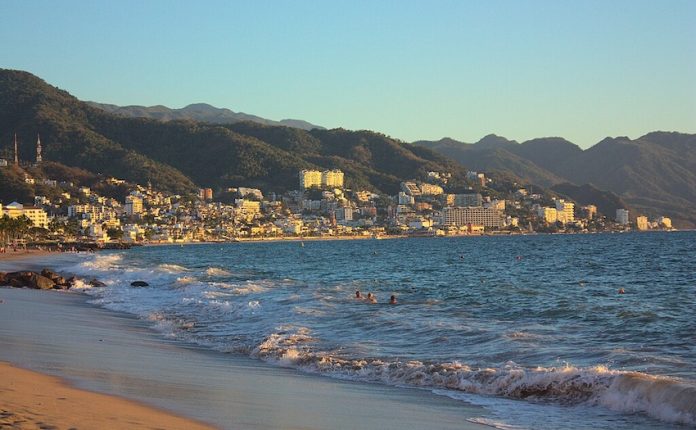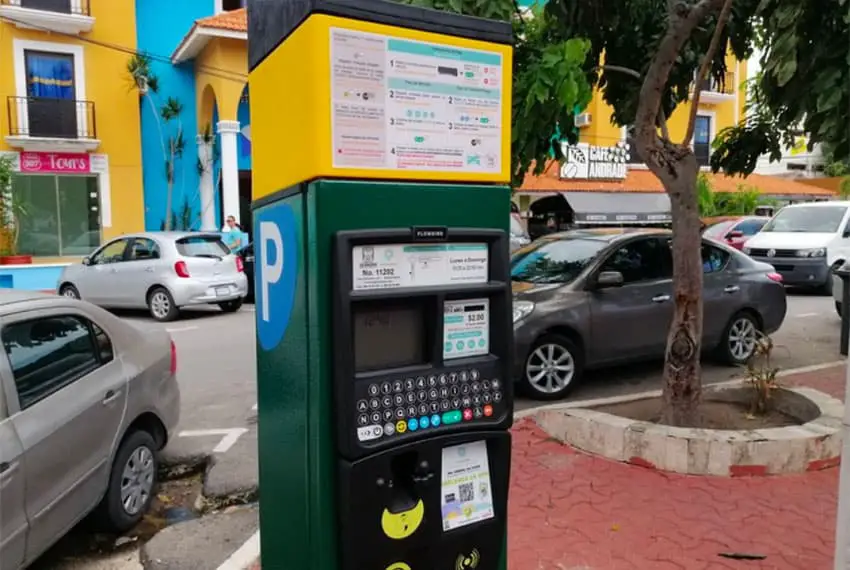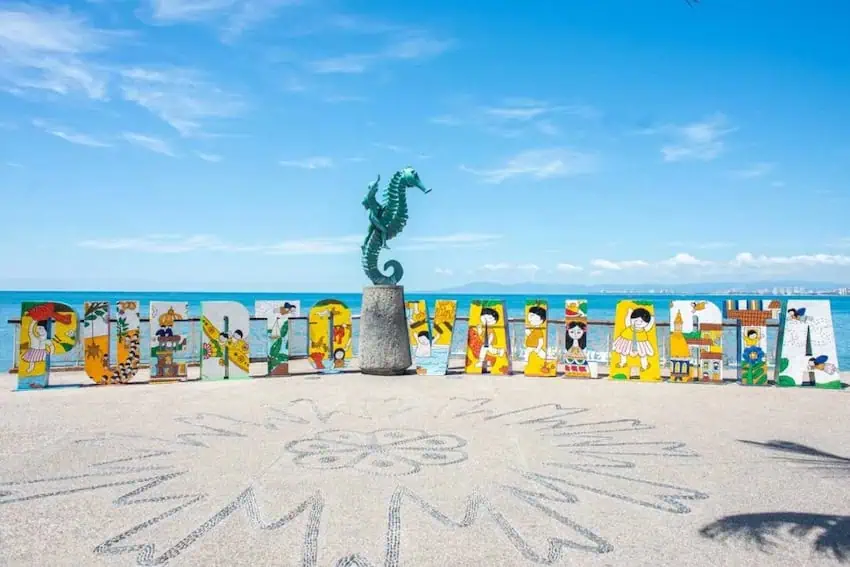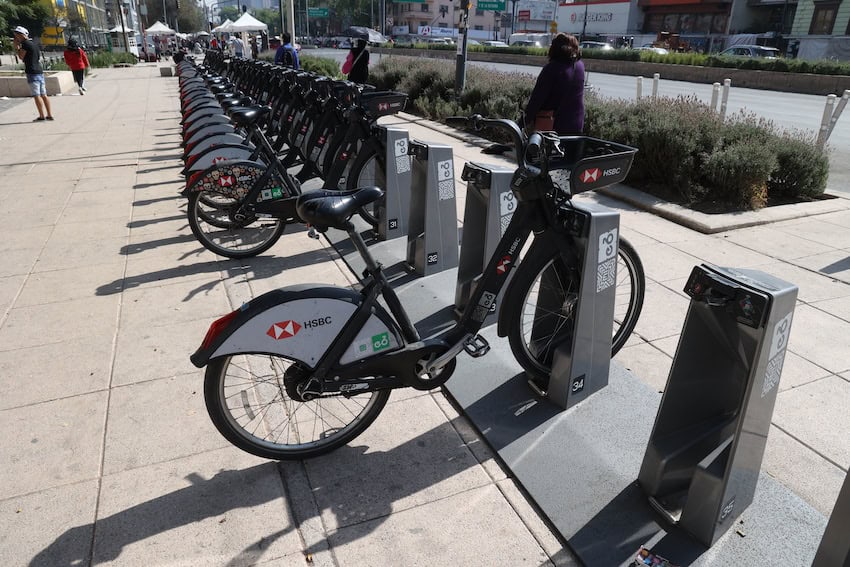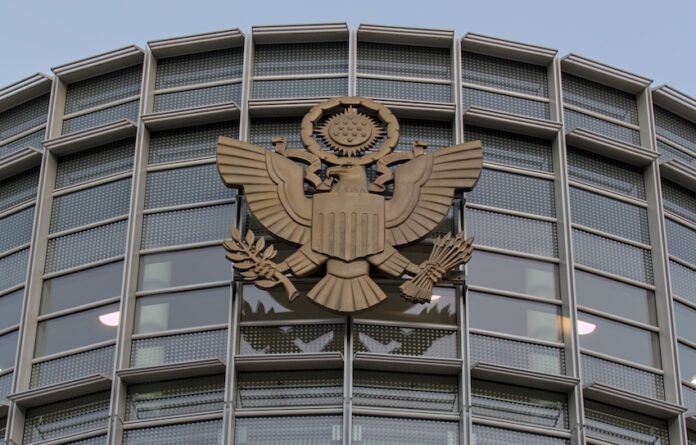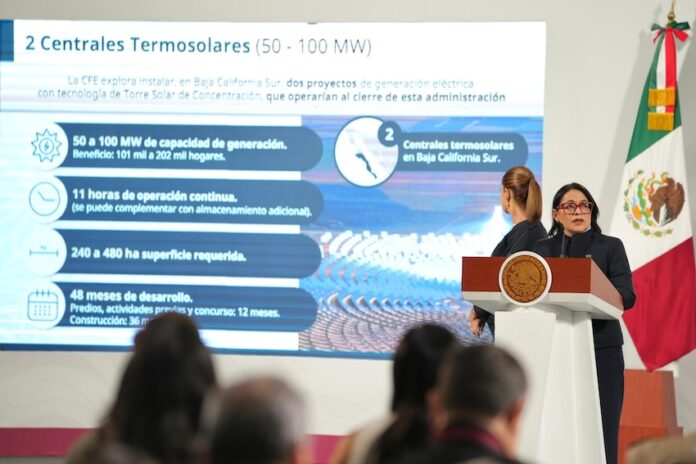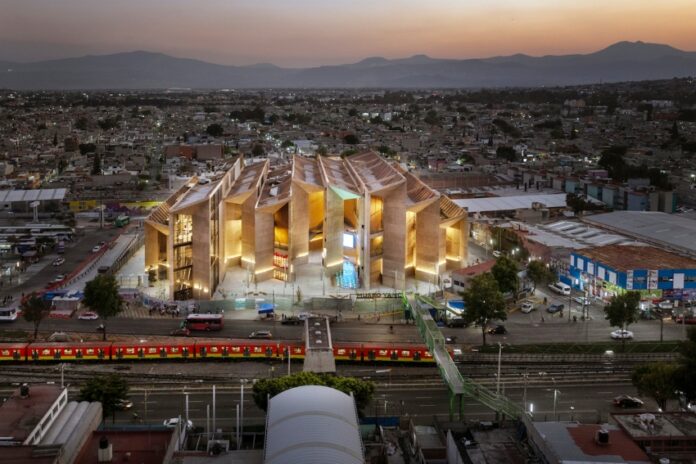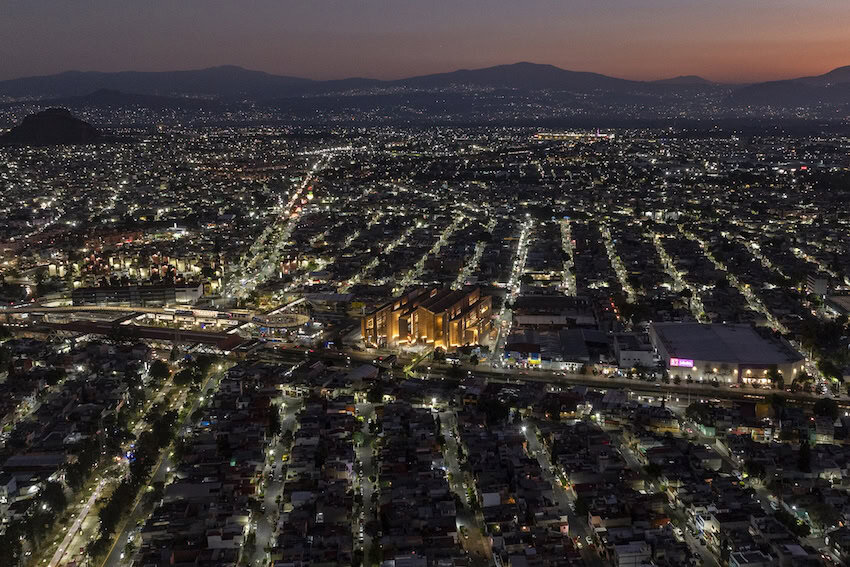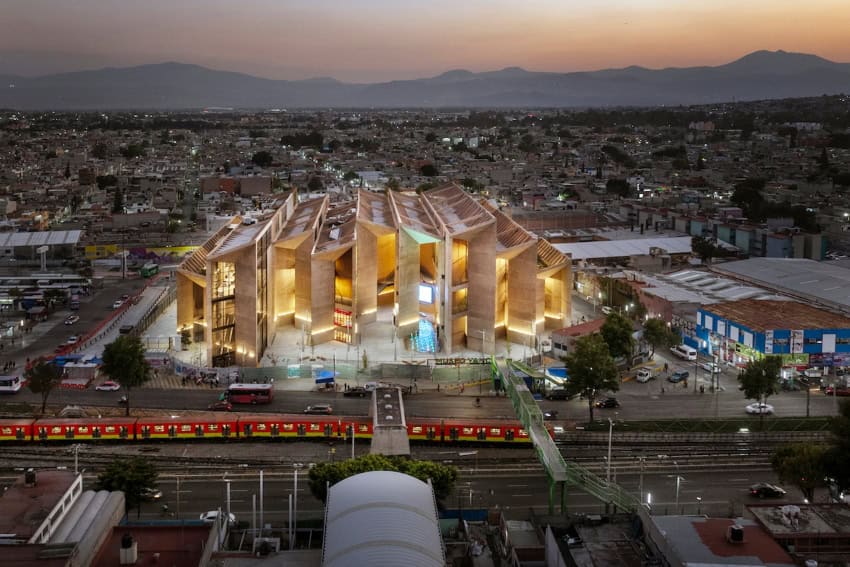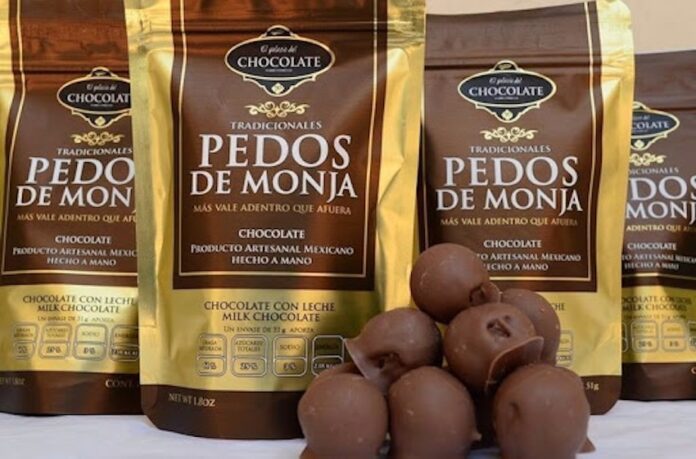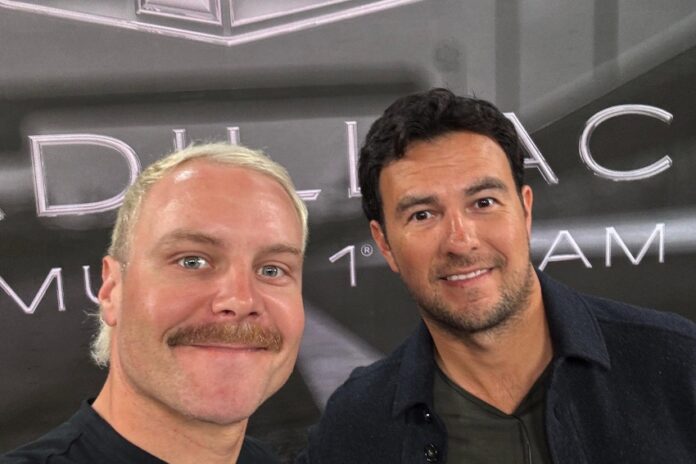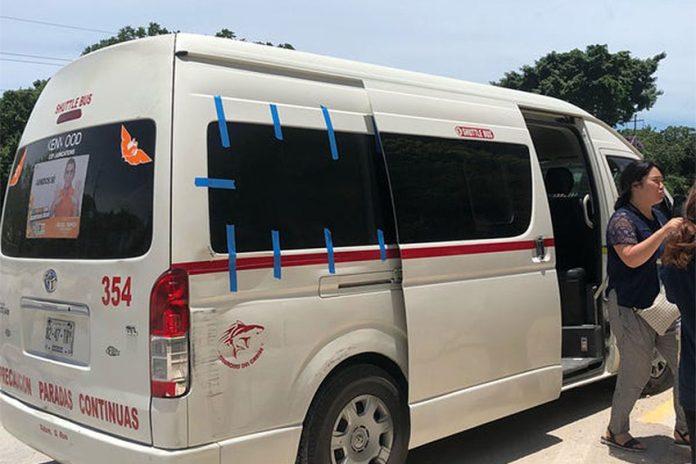At her Tuesday morning press conference, President Claudia Sheinbaum was asked about the remarks Ismael “El Mayo” Zambada made in a United States court on Monday and the U.S. government’s deployment of warships to international waters near Venezuela.
At the end of her press conference, she found some time to present some promotional videos ahead of a State of the Union-style speech she will deliver next week.
Here is a recap of the president’s Aug. 26 mañanera.
Sheinbaum highlights DEA administrator’s remarks about García Luna, ‘El Chapo’ and ‘El Mayo’
A reporter asked the president her opinion about the statement Sinaloa Cartel leader “El Mayo” Zambada read out in a U.S. federal court on Monday after he pleaded guilty to drug trafficking charges.
Sheinbaum didn’t comment on Zambada’s statement, but said that what most caught her attention on Monday was a remark Drug Enforcement Administration (DEA) Administrator Terrance Cole made about the case during a press conference in New York.
“In his statement, he says: ‘We’ve taken down three large drug traffickers. The first García Luna, the second El Chapo and the third El Mayo,” she said, referring to former security minister Genaro García Luna — who in 2023 was found guilty of colluding with the Sinaloa Cartel — as well as convicted drug lord Joaquín Guzmán Loera and Zambada.
“In other words, the DEA administrator puts two well-known drug capos on the same level as Calderón’s security minister,” Sheinbaum said, referring to former president Felipe Calderón.
“… It’s interesting, no? Don’t you think that’s interesting?” said the president, who paraphrased Cole’s remarks rather than repeating them verbatim.
“… It really caught my attention when … [Cole] mentioned [García Luna]. There are a lot of interesting things from yesterday, but we’ll leave it at that,” said Sheinbaum, an ardent critic of Calderón and the 2006-12 government he led.
‘We’re against interventions,’ says Sheinbaum when asked about ‘possible’ US invasion of Venezuela
A reporter noted that there has been a lot of talk in the international media and on social media about a “possible” U.S invasion of Venezuela, ruled by President Nicolás Maduro, who the U.S. government accuses of leading a drug cartel.
The Miami Herald reported on Sunday that “as three Navy destroyers and three amphibious warships move toward the coast of Venezuela this weekend in an ostensible U.S. counternarcotics operation, the Trump administration’s show of force is rekindling memories of another presidency, era and country.”
“In mid-December 1989, President George H.W. Bush ordered a military invasion of Panama, saying its strongman leader, Manuel Noriega, a one-time American ally and CIA informant, was a threat to U.S. interests in the Canal Zone and a corrupt general wanted on drug-trafficking charges,” the report continued.
Asked what Mexico’s position is “amid this international tension,” Sheinbaum said that her government is “against interventions.”
She said that the Mexican Constitution clearly sets out that Mexico, in its foreign policy, must oppose “interventionism” and defend people’s right to self-determination.
“That will always be our position,” Sheinbaum said.
Sheinbaum presents her ‘spots‘
At the end of her press conference, Sheinbaum played the first three of various 30-second video clips that promote her administration ahead of her first government report, which she will present to Congress, and in a major speech, next Monday.
The ads are called “spots” in Spanish.
View this post on Instagram
In her first three spots, Sheinbaum speaks about her government’s goals, achievements and principles. In the clips, she focuses on health care initiatives, welfare programs and poverty reduction, among other issues.
“We’re a government for the people. That’s why the transformation advances,” Sheinbaum says in one of her ads.
By Mexico News Daily chief staff writer Peter Davies (peter.davies@mexiconewsdaily.com)

